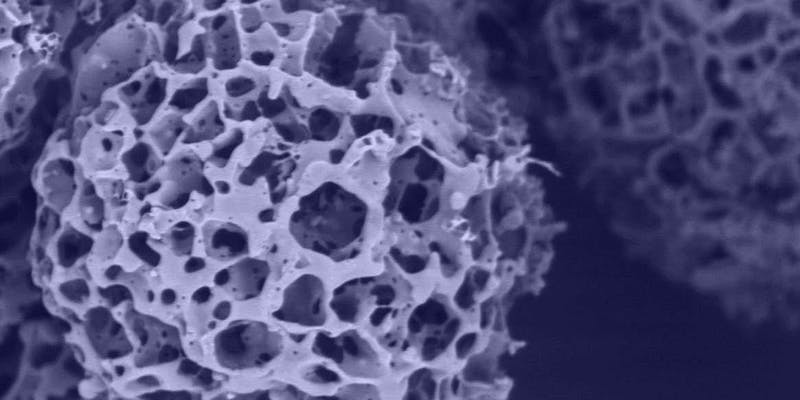Engineering smarter biomaterials for medical devices and tissue engineering

Tissue engineering and medical implants hold great potential to restore missing tissue functions in the human body.
Tissue engineering and medical implants hold great potential to restore missing tissue functions in the human body, improve screening of new and personalised drugs, and even potentially allow us to grow meat for food in the laboratory. Engineering plays many roles in efforts to achieve these outcomes. A key aspect is the design of biomaterials that can interact with biological cells and tissues in ways that promote the desired tissue development and functions.
Tissue engineering uses biomaterials to mimic the natural tissue microenvironments of cells, act as scaffolding for cell attachment and migration, deliver bioactive signals, and provide space for tissue growth. Optimal design of biomaterial constructs and tissue engineering processes relies on insights into the complex cell and tissue requirements during tissue regeneration, their interactions with biomaterials and how these change over time during development of tissues. The mechanical properties and 3D arrangement of cells and tissues are important to their function and are used as a basis for the design of biomaterial polymer constructs for our research on cell culture in vitro and engineering of soft vascularised tissues in vivo.
A further challenge of using biomaterials in the body is the risk of infection, particularly as bacteria are increasingly developing resistance to conventional antibiotics. We are developing antimicrobial biomaterials using nanoparticles that can attack bacteria via multiple mechanisms to prevent infections that can otherwise lead to the failure of medical implants and tissue engineering. By combining physical, chemical and biological factors in the design of biomaterial constructs, we aim to enhance the performance of tissue engineering and medical devices.

Her research is focussed on design, synthesis and fabrication of biomaterials, porous materials and soft tissue engineering. She is particularly interested in strategies for scale-up of tissue engineering and design of antimicrobial materials for medical implants. She has published over 75 journal articles, co-authored the chapter on Tissue Engineering for the major reference work ‘Plastic Surgery’ edited by Neligan and Gurtner, lectured on tissue engineering and biofabrication at the Bayreuth International Summer School, Germany, and was a finalist in the 2017 Graeme Clark Institute HealthTech Innovation Challenge.
Andrea also led the engineering team on the world-first Neopec clinical trial of breast reconstruction using tissue engineering, showing proof-of-principle of tissue engineering of large volumes of well vascularised fat tissue. She collaborates with a range of hospitals, medical research institutes and medical device companies to improve existing products, develop new devices and solve clinical problems.